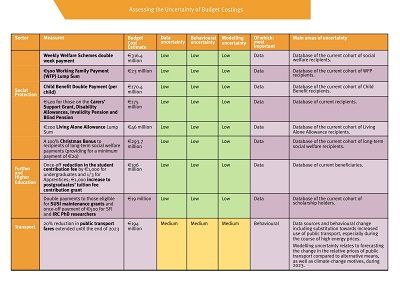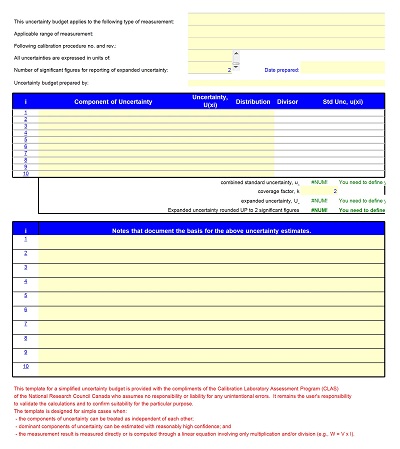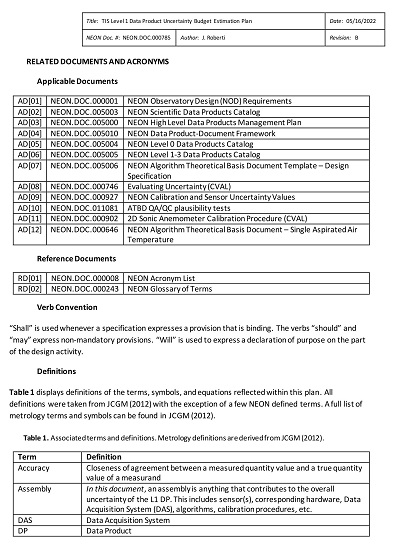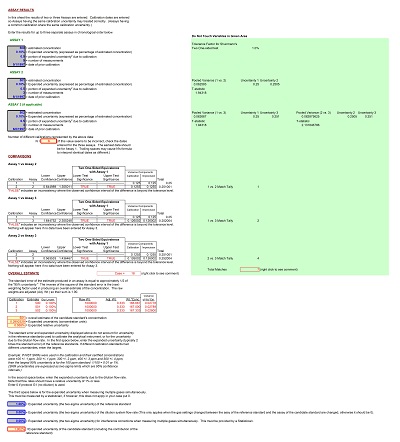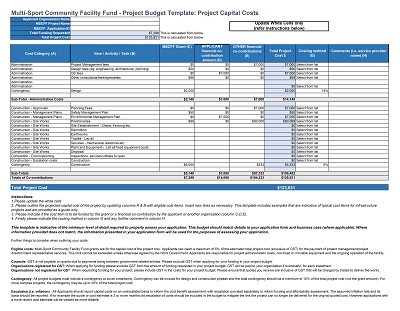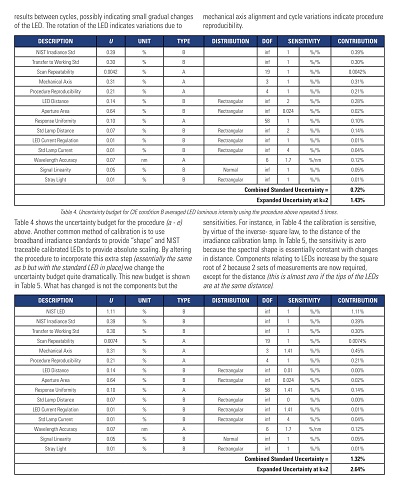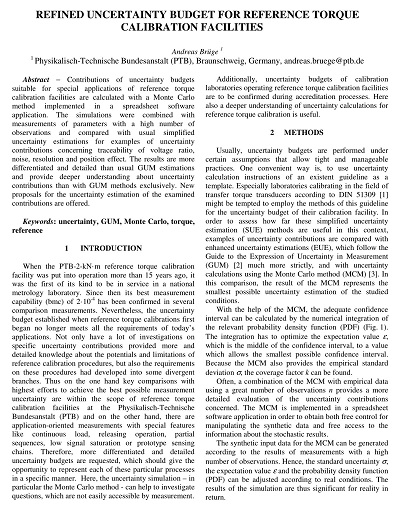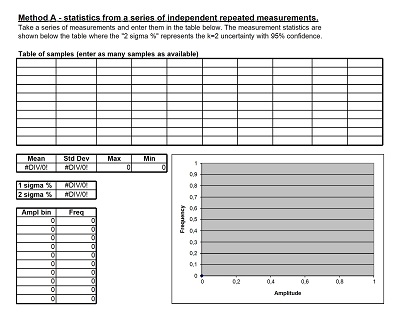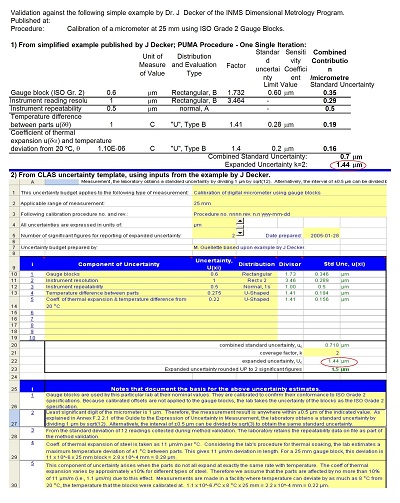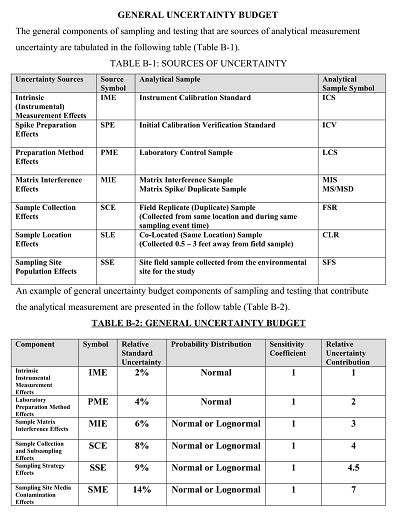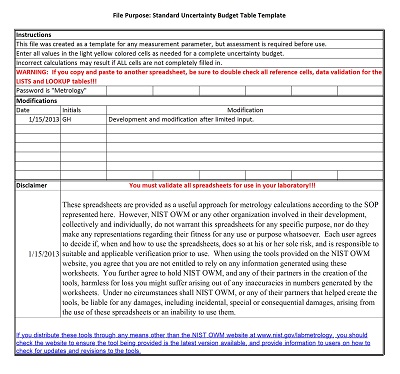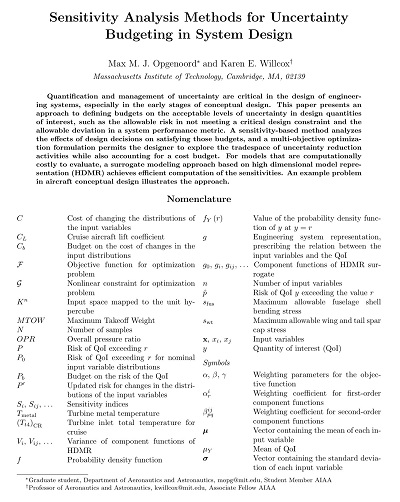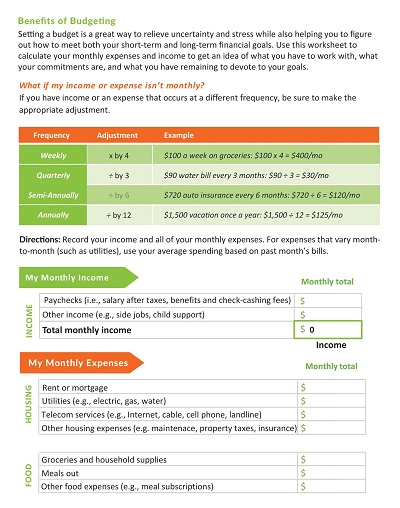18+ Free Printable Uncertainty Budget Templates – MS Excel, PDF
An uncertainty budget template is a vital tool for organizations that deal with measurements and testing. This template provides a framework that helps to identify and quantify factors that can impact the accuracy and precision of measurements. The result is a comprehensive understanding of the uncertainty associated with a measurement that enables companies to make informed decisions.
The uncertainty budget template includes many factors, such as environmental conditions, calibration, measurement error, and repeatability. Additionally, it provides a clear roadmap for conducting experiments, analyzing data, and presenting results. This template allows companies to save time, minimize errors, and comply with international standards, resulting in better-quality products and services.
Download Free Printable Uncertainty Budget Templates
Types Of Uncertainty Budgets
When it comes to measurements or tests, it’s natural to question the accuracy and precision of the results. To make sure that the data obtained from a measurement or test is reliable, it’s important to know the sources of uncertainties involved. This is where uncertainty budgets come in. They define and quantify the potential sources of errors or variations in measurement. But did you know that there are different types of uncertainty budgets? Here are some different types of uncertainty budgets and how they can impact your measurement or testing results.
Type A Uncertainty Budgets
Type A uncertainty budgets are used when the sources of uncertainties can be evaluated based on statistical analysis. This type of budget is suitable when the source uncertainties can be estimated from a series of repeated measurements or when the uncertainty is based on a calibration certificate from an accredited laboratory. Type A budgets are usually expressed as standard deviations or standard errors obtained from a data set. The most common sources of uncertainty evaluated using Type A budgets are resolution, linearity, and repeatability.
Type B Uncertainty Budgets
Type B uncertainty budgets, on the other hand, are used when the sources of uncertainties cannot be evaluated using statistical analysis or when the uncertainty is based on known quantities or prior knowledge. Some examples of sources of uncertainties evaluated through Type B budgets are instrument specifications, environmental variations, and human factors.
A Type B budget usually involves estimation or evaluation based on manufacturers’ specifications, established standards, or expert judgment. Type B budgets are usually expressed as standard deviations or worst-case scenarios with an estimated confidence level.
Combined Uncertainty Budgets
Combined uncertainty budgets are used when Type A and Type B uncertainties are involved. It involves adding the uncertainties from the Type A and Type B budgets and calculating the final uncertainty level. This type of budget is commonly used in calibration laboratories or other testing facilities. The combined uncertainty is usually expressed as standard uncertainties with an expanded uncertainty calculated from a coverage factor or a specified confidence level.
Expanded Uncertainty Budgets
Expanded uncertainty budgets involve multiplying the combined uncertainty level by a factor to account for the specified level of confidence required. When using expanded uncertainty, the measurement results are reported with the confidence interval indicated by the coverage factor. This method is widely used in testing labs or calibration facilities where measurements need to meet specific compliance requirements. The coverage factor used in expanded uncertainty is based on statistical calculations, and the uncertainty is calculated to include random and systematic errors.
Tips For Maintaining And Updating Your Uncertainty Budget
Maintaining and updating your uncertainty budget is essential to any experimental process. By doing so, you can ensure that the results of your experiments are accurate and reliable. But with so many variables, it can be easy to overlook some important factors. Here are some tips to keep in mind when maintaining and updating your uncertainty budget: start by identifying all of the sources of uncertainty in your experiment.
Include any factors affecting your results, such as measurement error, environmental conditions, and operator variability. Next, quantify each source of uncertainty and determine its contribution to the overall uncertainty of your results. Finally, update your uncertainty budget regularly to account for any experimental setup or procedure changes. By following these tips, you can improve the accuracy and reliability of your experimental results, which is essential for any scientific investigation.
How to Create an Uncertainty Budget Template
An uncertainty budget is a crucial tool in any measurement process. It helps to ascertain the accuracy of a measurement by evaluating its possible error margins. Creating an uncertain budget can be a demanding task, especially for beginners. Thankfully, you can quickly develop a template with the right guidance to simplify the process. Here are some steps to creating your uncertainty budget template.
Understanding the basis of an uncertain budget
An uncertainty budget is an accounting of potential errors in a measurement process. It takes into account all sources of error that can affect measurement results. The budget considers components such as bias, random error, calibration errors, environmental factors, and equipment error. The purpose of an uncertainty budget is to ensure the accuracy and reliability of measurement data.
Defining an uncertainty budget
The first step to creating your uncertainty budget template is to define the parameters. Since an uncertainty budget considers many factors, it’s essential to be precise in determining the parameters critical to the measurement process. This stage requires reflection on the measurement process to determine potential sources and causes of error.
Calculating uncertainties
The next step is to calculate uncertainties for each identified error component. You can use various methods to calculate uncertainties, such as statistical analysis, reference materials, and inter-laboratory measurements. Ensuring that the method used to calculate the uncertainties is accurate and relevant is crucial.
Organizing uncertainties
Once you have calculated the uncertainties, the next step is to create a table and organize the uncertainty components. The table should clearly show each component of uncertainty, its value, and the process used to calculate it. It would be best to consider grouping uncertainties into categories, such as calibration or environmental factors, to provide a clear picture of the factors affecting your measurements.
Creating the template
With all the necessary components, you are now ready to create your uncertainty budget template. The template should be simple and easy to use, making it accessible for all team members. Ensuring that the template caters to different measurement process requirements is crucial.

